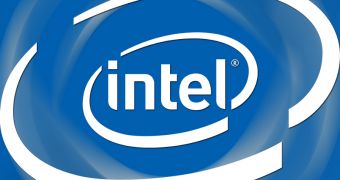Some might say that it is misleading to imply that Intel is preparing an 8-core CPU when the Rangeley is, in fact, a system-on-chip (SoC), but we have to keep in mind that, the way CPUs have been integrating more and more features, all of them will be SoCs sooner or later.
That being said, Intel will make gamers and most other consumers envious at some point during the second half of the year (2013).
While the Rangeley Atom processors will, indeed, have up to 8 cores each, they will be system-on-chip devices made for the networking and communications market.
The Intel Crypto engine will be included, and the x86 cores will run at a clock speed of up to 2.4 GHz. The architectures will be out-of-order 22nm Silvermont.
So far, we have enough basis for a 35% increase in performance per clock compared to 32nm Saltwell cores.
For those who want details on the Crypto engine, it is, as the name suggests, a means to keep all the data passing through the SoC secure.
Crypto implements Intel QuickAssist technology through one of several cyphers (128-, 192- and 256-bit AES, 3DES, DES and Kasumi).
The performance depends on the SoC itself, but the top communications rate is of 10 Gbps for 128-bit AES on the high-end ones (1 KB buffer).
As for the rest, the SoC/CPU boasts a 64 GB DDR3-1600 dual-channel memory controller (or a DDR3L-16000 ECC memory controller), four PCI Express 2.0 controllers (x16 lanes), two SATA 6.0 Gbps links, 4 SATA 3.0 Gbps and USB 2.0 (each), Gigabit, Legacy I/O (UART, SMBus, SPI, general purpose I/O) and 1 MB L2 cache for each pair of CPU cores.
Finally, Intel Rangeley Atom chips come with VT-x virtualization and SSE instructions.
All in all, the new Atom processor should do well in the fields it is meant for, all the while consuming only 7 or 8 Watts of energy. To see how they might relate to Avoton units, go here.

 14 DAY TRIAL //
14 DAY TRIAL //